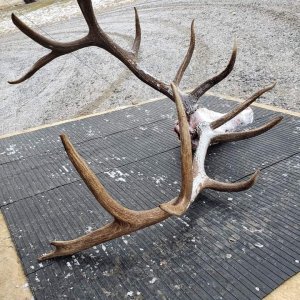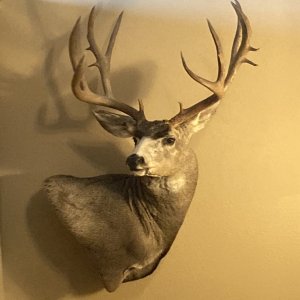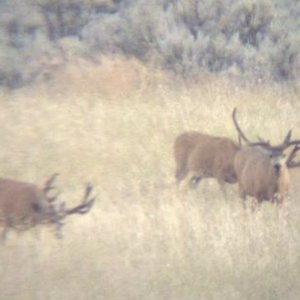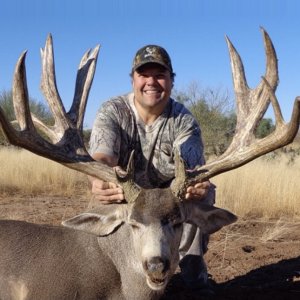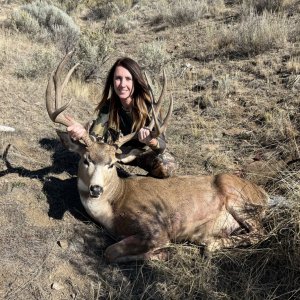what you're trying to do is determine the "throat" of your rifle. the throat is that space in the chamber between the end of the case and the beginning of the lands of the riflings. what the knack described is a tried and true method of determining the throat of a rifle. keep in mind that not all rifles are exactly the same, even ones of the same brand and caliber made at the same time. there can be few thousandths difference. there is a big difference between different manufacturers, in the throat length. loads for my .270 will blow the primers out and jam the action on a ruger because the throat is about 30 thousandths shorter. brings the pressure way up. i shoot my .270 at 3.355" overall length. i've shot 140gr. hornady boattails for years and the cannelure used to be where it would be right at the end of my cases. i bought some bullets a few years back and the cannelure was moved way forward, like 35 thousandths. called hornady and they said they had to do that because some manufacturers made the throat so short and guys were using the cannelure as a convenient place to set the bullets at and were jamming their guns up. i still use the same bullets, but the cannelure sticks way out past the end of the case. looks stupid, but it works. when you used solid copper bullets, be real mindfull of the bullet seating depth. copper bullets, being much lighter than lead bullets of equal length, are much longer and must be seated much deeper. most of them suggest that you have about 30 thousandths of freebore, to reduce pressure. the long copper bullet has so much more bullet in the lands causing friction and drag that the pressures go up considerably over a lead/copper jacket bullet. finding the right overall length does more for accuracy and velocity than any single thing you can do for your rifle. they're all different and require a little work to find, but well worth the time. and don't pay much attention to what your reloading book says. figure it out for your rifle. the reloading books have something called "liability" they're trying to keep away from. so the info you get on overall length is quite generic. have fun.

